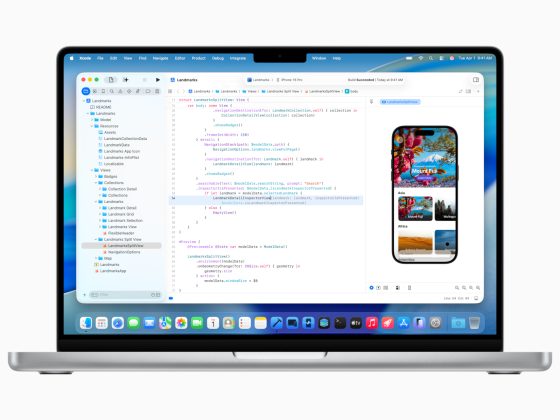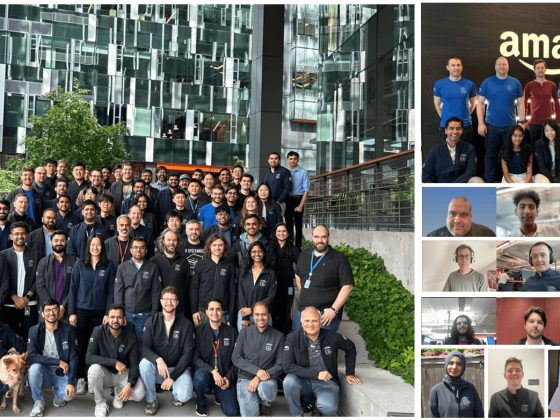Across all industries, the last few years have accelerated the need to transform to digital, attain new talent and capabilities at a rapid pace, and enlist new operating models, such as cloud technology. The impetus for these changes has been not only to drive down costs but also to increase competitiveness and boost productivity.
Mergers & acquisitions (M&A), as well as restructurings such as carve-outs, divestitures, spin-offs etc., have always been a common tool in the CEO and Board agenda in order to deliver added growth, create and deliver synergies, reposition the company’s strategy and rebalance the corporate portfolio to its most efficient and forward looking uses. Increasingly, strategic access to innovative technologies, data acquisition and monetization, technical debt elimination and capabilities such as Artificial Intelligence and Machine Learning (AI/ML) are some of the main reasons to pursue a deal. The post-merger integration of the new bigger and more complex technology estate is likely to be an increasingly important element to delivering added value…if the integration is completed successfully.
From our partners:
Google Cloud has a unique set of solutions, processes, partners and people to accelerate strategic deals and retain or create even more value than initially built into the deals valuation model. In this blogpost, we expand on how Google Cloud acts as an accelerating agent for realizing additional value propositions.
Google Cloud’s 5 ways to create differentiated value in post-merger integrations
Google Cloud can be a trusted advisor in tracing the strategic integration journey after an M&A deal. More concretely, Google Cloud’s value can be summarized in the following:
1. Seamless integration and single pane of control across Cloud Service Providers (CSPs) and companies’ physical data centers with Anthos.
What we typically observe is that after M&A customers end up with a fragmented technology stack across multiple CSPs and a private cloud on-premise. This increases the friction in the software development lifecycle (SDLC) due to different processes and skill sets required to develop, test and release software across the various environments. Without a consistent platform, companies squander valuable technical resources and fall short of business demands for velocity and customer experience. In a recent study by Forrester Consulting (commissioned by Google Cloud), using Anthos as a managed platform to control the SDLC across environments led to a projected 4.8x return on investment (ROI), 38% reduction in non-coding activities for technology teams and 75% increase in application migration and modernization.
2. Increased optionality, observability and control for IT and vendor rationalization in a post-merger landscape, with our API management platform Apigee.
For technology teams, the merger impact is felt immediately. The technology estate is bigger, more complex and most probably has multiple pockets of duplication, which will likely be a shifting landscape in the years to come. APIs are a key element to the success of post-merger integration. By putting Apigee, an API management platform, in front of all HTTP application and data traffic, an organization can create a single pane of glass across all infrastructure, allowing companies undergoing an M&A to make more strategic, data-driven decisions. For instance, traffic to vendor or legacy systems can be centrally monitored and measured to make their use observable which leads to more data-driven rationalization decisions. Also, introducing an API layer around pockets of duplication provides optionality and relaxes time constraints; both likely critical elements of a successful integration.
3. Rapid and automated modernization of legacy technical debt, reducing the time of post-merger operations on gauging IT priorities.
At Google Cloud we offer three main levers to help with these post-merger situations:
- Post-merger modernization: Using Google Cloud-owned tools, processes and methodologies which we refer to as the G4 Platform, Google Cloud can help automate and rapidly modernize legacy systems, e.g. Mainframe modernization, by automatically translating code written in Cobol to modern, easily and cost-effectively maintainable languages such as Java.
- Attacking the post-merger backlog: Google Cloud Cortex Framework offers repeatable blueprints and reference architectures that can accelerate time to value. Often backlogs multiply after a merger, leveraging repeatable patterns is key to scale the output of the technology teams.
- Divide and conquer complexity: Decomposing legacy applications through containers opens the path for step by step migrations and modernization, gradually moving processes to Virtual Machines on Cloud and then onwards to containers to leverage the full power of Kubernetes.
4. Merging data and re-prioritising data operations and licenses, while avoiding sunk costs and fixed, often duplicated, multi-year contracts with data providers.
Using market and alternative data as a service on Google Cloud, merged companies can quickly and efficiently rationalize their post-merger data licensing and infrastructure needs. For instance, financial institutions can leverage commercial market data readily available on Google Cloud in an analysis-ready state, while corporate sustainability teams can use geolocation datasets available through Google Earth Engine. The business can focus on the new business opportunities instead of adapting and merging legacy data estates and operations. Additionally, with BigQuery Omni, any data infrastructure merge doesn’t have to be a big bang – the data can live in other cloud providers or on-premise while still managing that data from a single pane of control.
5. Placing security, operational resilience, and sovereignty at the center of the post-deal operations.
Post-M&A, merged companies will likely have to adhere to more jurisdictions and regulatory oversight compared to what each individual entity had to adhere and report to previously. This can pose significant challenges in terms of ensuring that the merged company’s technology estate operates within the bounds of data, operational and software sovereignty restrictions of each jurisdiction. Google Cloud offers a series of characteristics that inherently help in this situation. For example, Google Cloud offers access transparency and data sovereignty, portability during stressed exit scenarios for jurisdictions that mandate it and a Sovereign Cloud offering with trusted partners for projects and jurisdictions that demand the highest level of sovereignty assurances.
M&A can place significant pressures on technology teams in the race to identify and merge processes, technologies, and responsibilities. Google Cloud has a plethora of technologies, solutions, and patterns to help you through the journey and unlock the potential of the new combined entity to focus on what matters.
Acknowledgments
Special thanks for their contribution to this blog post to Mose Tronci, Solutions Architect – Financial Services and Prue Mackenzie, Key Account Director – Financial Services.
By: Stathis Onasoglou (Customer Engineer, Capital Markets) and David Feuer (Senior Product Manager)
Source: Google Cloud Blog
For enquiries, product placements, sponsorships, and collaborations, connect with us at [email protected]. We'd love to hear from you!
Our humans need coffee too! Your support is highly appreciated, thank you!








